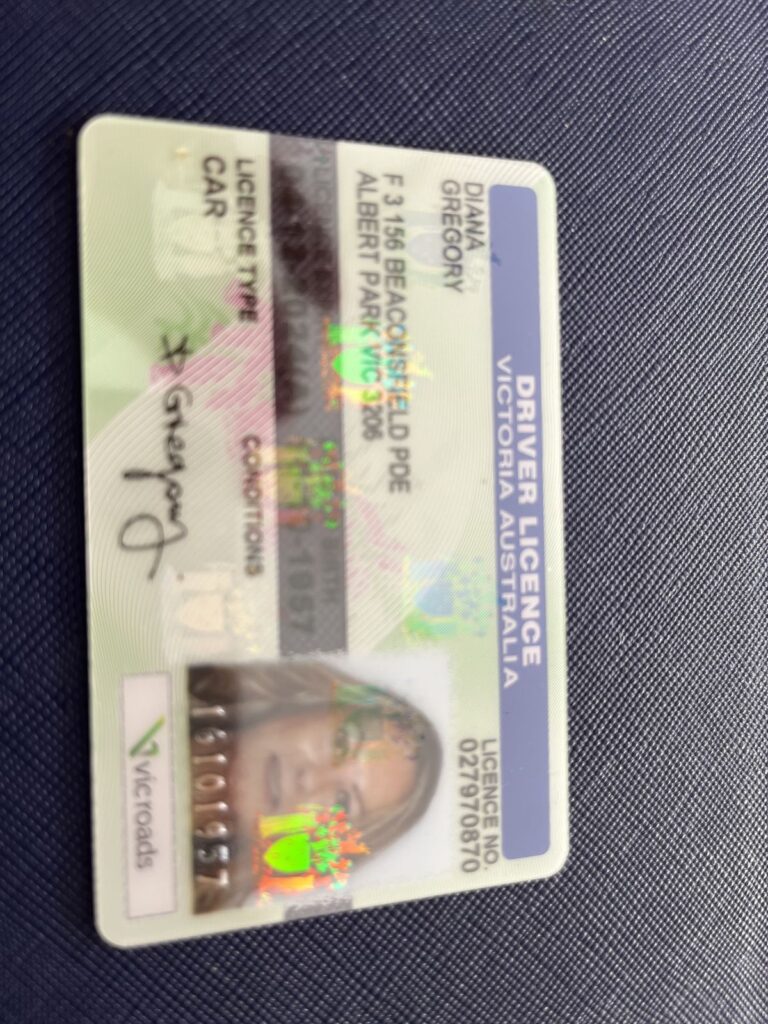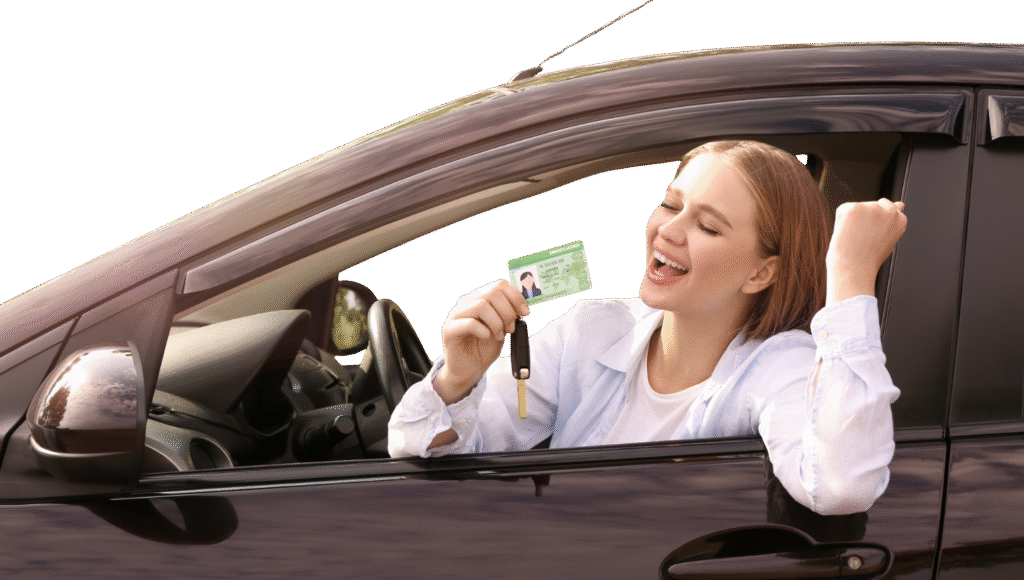How to Get an Australian Driver’s License: A Comprehensive Guide
Navigating the process of obtaining a driver’s license in Australia can seem daunting, especially for newcomers or those with specific circumstances like a suspended record. This guide covers everything you need to know to get an Australian driver’s license without hassle, including international permits, costs, legal considerations, license classes, and more. Whether you’re a foreigner, international student, or permanent resident, this blog will help you drive legally and confidently on Australian roads.
How to Get an Australian Driver’s License Without the Hassle
Obtaining an Australian driver’s license is a structured process, but with preparation, it can be straightforward. Here’s a step-by-step guide to minimize hassle:
- Determine Your Eligibility:
- You must be at least 16 to apply for a learner’s permit in most states and territories, though age requirements vary (e.g., 16 in NSW, 15 years 9 months in ACT).
- International students and temporary visa holders need a valid visa and proof of identity, such as a passport. Permanent residents must apply for a local license within 3–6 months of arrival, depending on the state.
- Understand State-Specific Rules:
- Australia’s driver licensing is managed by individual states and territories (e.g., NSW, Victoria, Queensland). Check the rules for the state where you reside. For example, Victoria allows temporary visitors to drive on a foreign license for up to 6 months, while the Northern Territory limits this to 3 months.
- Gather Required Documents:
- Proof of identity (e.g., passport, birth certificate).
- Proof of residency (e.g., utility bill, lease agreement).
- Your overseas driver’s license (if applicable) with an English translation or International Driving Permit (IDP) if not in English. Translations must be from a NAATI-certified translator, embassy, or the Department of Home Affairs.
- Pass the Knowledge Test:
- Obtain a Learner’s Permit:
- Practice Driving:
- Pass the Practical Driving Test:
- Book a driving assessment with a licensing center (e.g., Access Canberra for ACT residents). Arrive on time, as being more than 5 minutes late may require rebooking and additional fees.
- If you pass, you’ll receive a provisional license (P1 or P2, depending on age and state). If you fail, you’ll get feedback to improve for your next attempt.
- Progress to a Full License:

Tips to Avoid Hassles:
- Book tests and lessons early to avoid long wait times.
- Use online resources like DKT practice tests or state-specific handbooks.
- If transferring an overseas license from a recognized country (e.g., UK, New Zealand), you may skip some tests if over 25.
How to Get an International Driving Permit (IDP) in Australia
An IDP is essential for Australians driving overseas or for foreigners whose licenses aren’t in English. Here’s how to get one in Australia:
- Eligibility:
- Required Documents:
- Application Process:
- Contact your state’s motoring authority (e.g., NRMA in NSW, RACV in Victoria) or the Australian Automobile Association (AAA), the only authorized IDP issuer in Australia.
- Complete the IDP application form, available online or at a motoring club.
- Pay the fee (approximately AUD $39–$50, depending on the state).
- Processing Time:
- Usage:
- Carry both your IDP and Australian driver’s license when driving abroad. The IDP translates your license into multiple languages and is recognized in over 150 countries.
Note: If you’re a visitor with a non-English license, an IDP or NAATI-certified translation is required to drive in Australia.
How to Get a Driver’s License in Australia with a Suspended Record
Having a suspended overseas or interstate license complicates the process, as Australian authorities prioritize road safety. Here’s what to do:
- Disclose the Suspension:
- Resolve the Suspension:
- Apply for a License:
- If the suspension is resolved, follow the standard process (knowledge test, learner’s permit, practical test). You may need to provide a letter of verification from the issuing authority if your license is unavailable.
- If the suspension is still active, you’re generally ineligible for an Australian license until it’s lifted.
- Additional Requirements:
Tip: Consult the state’s licensing authority (e.g., Service NSW, VicRoads) for specific guidance, as rules vary.
Can Foreigners Get an Australian Driver’s License?
Yes, foreigners can obtain an Australian driver’s license, but the process depends on their visa status:
- Temporary Visa Holders (e.g., Tourists, Students):
- Can drive on a valid overseas license for 3–6 months, depending on the state (e.g., 6 months in NSW and Victoria, 3 months in Northern Territory).
- After this period, they must apply for a local license if staying longer. Requirements include passing knowledge and practical tests unless the license is from a recognized country (e.g., UK, Canada).
- Non-English licenses require an IDP or NAATI-certified translation.
- Permanent Residents:
- International Students:
Note: You cannot drive on a tourist visa beyond the allowed period without a local license, and provisional licenses are not available to tourists.
How Much Does It Cost to Get a Driver’s License in Australia?
Costs vary by state and stage of licensing. Below are approximate costs as of 2025:
- Learner’s Permit:
- Practical Driving Test:
- Provisional License:
- Full License:
- International Driving Permit:
- Additional Costs:
Tip: Check for concessions (e.g., NSW’s Driver Licensing Access Program) if you’re eligible, as they may reduce or waive fees.
Is It Legal to Drive in Australia Without a Driver’s License?
No, it is illegal to drive in Australia without a valid driver’s license. Key points:
- Visitors: Temporary visitors can drive with a valid overseas license (and IDP/translation if needed) for 3–6 months, depending on the state. After this period, an Australian license is required.
- Residents: Permanent residents must obtain a local license within 3–6 months. Driving without a valid license can result in fines, vehicle impoundment, or court appearances.
- Unlicensed Driving: Driving without any license (e.g., learner’s permit, provisional, or full) is a serious offense, with penalties including fines of $500–$2,000 and potential disqualification.
- Suspended Licenses: Driving with a suspended or disqualified license is illegal and may lead to harsher penalties, including jail time for repeat offenders.
Always carry your license (and IDP/translation if applicable) when driving, as police may request it.
Different Classes of Driver’s Licenses in Australia
Australia uses a national classification system for driver’s licenses, managed by Austroads, with variations by state. Common classes include:
- C (Car): For vehicles up to 4.5 tonnes Gross Vehicle Mass (GVM) and seating up to 12 passengers (including the driver). Most common for standard cars.
- LR (Light Rigid): For vehicles with 4.5–8 tonnes GVM or seating 13–24 passengers.
- MR (Medium Rigid): For vehicles with 8+ tonnes GVM and 2 axles.
- HR (Heavy Rigid): For vehicles with 8+ tonnes GVM and 3+ axles, towing a trailer up to 9 tonnes.
- HC (Heavy Combination): For articulated vehicles or heavy vehicles with trailers over 9 tonnes GVM.
- MC (Multi-Combination): For heavy articulated vehicles like road trains.
- R (Motorcycle): For motorcycles and scooters, often with subclasses (e.g., R-E for learners).
- RE (Restricted Motorcycle): For lower-powered motorcycles for learner or provisional riders.
Note: Heavy vehicle and motorcycle licenses have additional requirements, such as specific training or experience. Check with your state’s licensing authority for details.
Cities in Australia with High Demand for Driver’s Licenses
While specific data on “high demand” for driver’s licenses is not publicly tracked, cities with large populations, significant international student communities, or high tourism see increased licensing activity due to their demographics and economic needs. These include:
- Sydney, NSW: As Australia’s largest city, it has a high number of international students, migrants, and tourists applying for licenses.
- Melbourne, Victoria: A hub for international students and temporary workers, with a robust demand for licenses due to limited public transport in outer suburbs.
- Brisbane, Queensland: Growing population and tourism drive license applications, especially for car-sharing services like GoGet.
- Perth, Western Australia: Increasing migration and reliance on cars due to sprawling suburbs create demand.
- Gold Coast, Queensland: A tourist hotspot with many temporary visitors needing IDPs or local licenses.
- Canberra, ACT: High number of international students and diplomats requiring licenses.
- Adelaide, South Australia: Growing migrant population and need for licenses for employment purposes.
Note: Demand is inferred from population size, migration trends, and urban sprawl, as no official statistics pinpoint “high demand” cities.
Most Asked Questions About Driver’s Licenses in Australia
Here are answers to common questions based on current information:
- Can I drive with my overseas license indefinitely?
- Do I need an IDP if my license is in English?
- What happens if I fail the practical driving test?
- Can I drive a heavy vehicle with a standard car license?
- How long does it take to get a full license?
- What if my overseas license is lost?
- Are there exemptions for experienced drivers?
- Can I drive in Australia with a provisional overseas license?
Conclusion
Getting an Australian driver’s license is a manageable process with proper preparation. Whether you’re a temporary visitor, international student, or permanent resident, understanding state-specific rules, preparing documents, and studying for tests will ensure a smooth experience. For those with suspended records, resolving the issue beforehand is critical. Always carry the required documents, respect local road rules, and drive safely to enjoy Australia’s roads hassle-free.
For more information, visit your state’s licensing authority website (e.g., Service NSW, VicRoads, or Transport WA).
